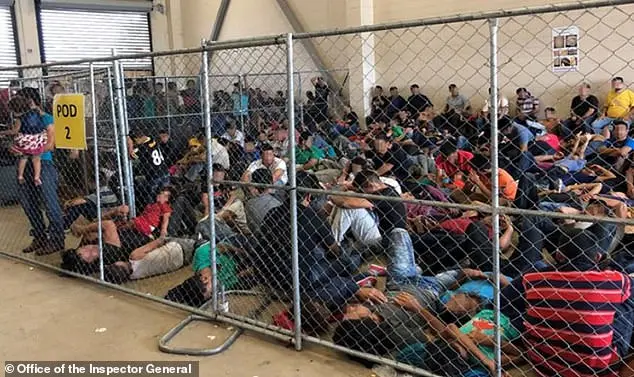U.S. Department of Homeland Security
Date of this Version
2020
Document Type
Article
Citation
ACLU RESEARCH REPORT, Justice-Free Zones U.S. Immigration Detention Under the Trump Administration, 2020.
Abstract
In the last three years, the Trump administration has grown the immigration detention system in the United States to an unprecedented size, at times holding more than 56,000 people per day. Since 2017, Immigration and Customs Enforcement (ICE) has anchored this growth in places where immigrants are most likely to be isolated from legal counsel, remain in detention without real opportunity for release, and are more likely to lose their cases. These new detention centers also exhibit patterns of mistreatment and abuse, including medical and mental health care neglect, that have been present since the inception of ICE’s detention system and grown worse as the system has expanded. When ICE was created in 2003, it inherited an immigration detention system that held about 20,000 people per day.1 The immigration detention system has since grown to a sprawling network of more than 200 detention centers nationwide. These facilities range in size and are largely operated by private prison corporations and, in some cases, by local jails. ICE uses these facilities to lock up people who arrive at the border or airports and request asylum, as well as long-time community members who are facing removal because of allegations of criminal conduct or simply because they are undocumented. This report provides a comprehensive examination of changes to the immigration detention system under the Trump administration, including an in-depth examination of the system’s expansion in the last three years and conditions of confinement in new detention facilities opened after January 2017. When this report went to print in April 2020, the COVID-19 coronavirus pandemic had taken hold in the United States. While our findings do not account for conditions in the detention system during the pandemic, they do document the state of a system that was never prepared to safely handle the crisis situation the world now faces. The following findings were particularly concerning in light of the COVID-19 outbreak: • We observed understaffing and cost-cutting measures in medical units which appeared dangerously unprepared for emergencies, posing danger to the health of people in detention even under ordinary circumstances; • We heard stories of immigrants’ lack of access to proper hygiene and witnessed unsanitary conditions in living units, many of which contained beds, dining, and restroom facilities for up to nearly 100 people all in one room. • Asylum seekers described virtually impossible odds for receiving release from detention on parole, an important legal mechanism ICE should be more eager to deploy to draw down its detention population in the face of a health crisis.
Included in
Administrative Law Commons, Agency Commons, Civil Rights and Discrimination Commons, Immigration Law Commons, International Humanitarian Law Commons, Law and Politics Commons, Law and Race Commons, Law and Society Commons, National Security Law Commons, President/Executive Department Commons


Comments
©2020 AMERICAN CIVIL LIBERTIES UNION